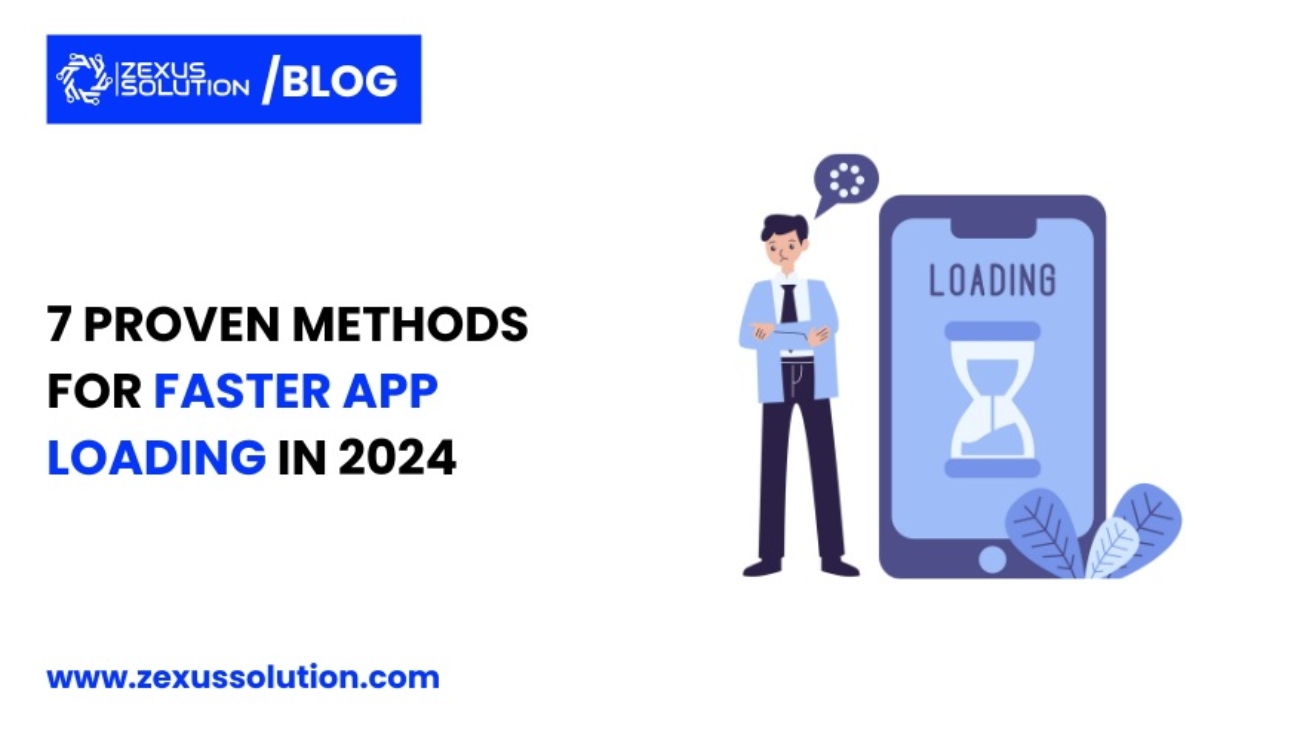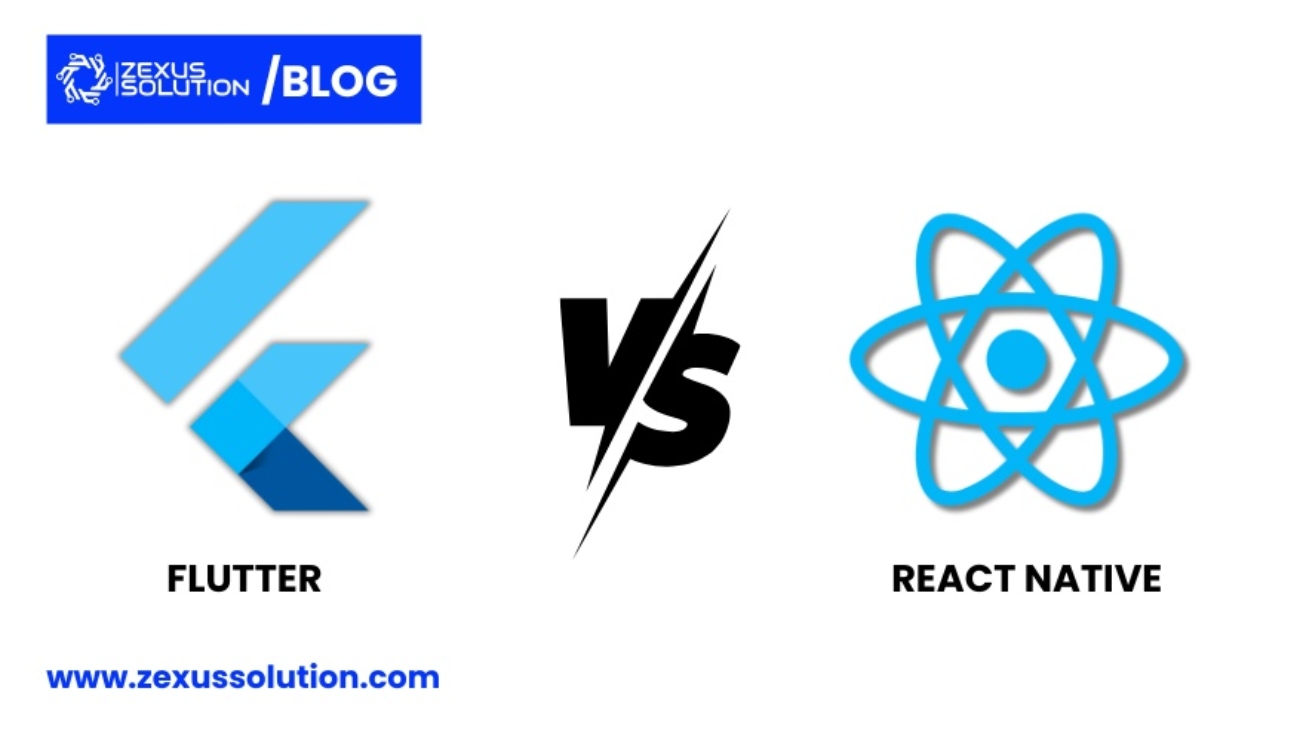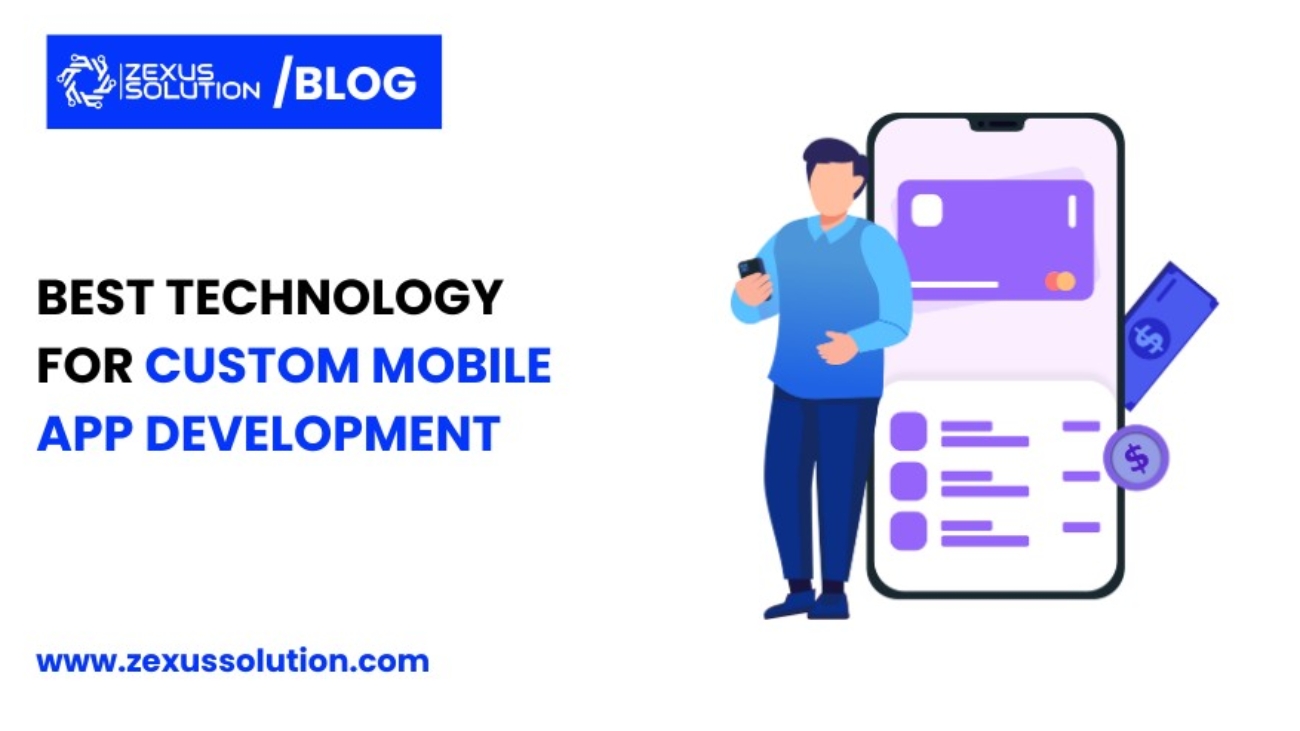Table of Contents
In today’s mobile-centric environment where users are constantly on the go, your apps loading faster can often be the difference between success and failure. The user is always inclined to have quick responses irrespective of whether it is a mobile application or a web application. The result is that users get easily frustrated and are bound to quit the app due to slow load time.
It is therefore important to incorporate features that make any app load faster. As the complexity of the applications increased and users’ expectations grew higher, the problem of optimizing the application’s speed became a never-ending task for developers.
However, as the year progresses, it becomes important for application developers to focus on performance to remain relevant. This blog will elaborate on seven effective approaches to loading apps faster in 2024.
Strategies to Improve App Loading Time

This guide outlines seven strategies that can help ensure your apps load faster in 2024, enhancing user satisfaction and engagement.
Optimize Code and Minimize File Sizes
The first and probably the most obvious measure that needs to be taken to make your apps load faster is to optimize the code and reduce the size of the files. When the code base is large and bloated, it may take longer to download, creating a problem for the usability of a cloud-based web application.
Measures such as removing extra whitespace in CSS and JS files, and compressing files are some of the activities that can be taken to make the apps load faster. Optimization of codes for web applications is an important aspect when it comes to web app maintenance since it makes the apps faster and more efficient.
Techniques for Code Optimization
- Minification: This process entails the cutting off of all characters that are not essential in the execution of the code. This can be done manually or there are tools like UglifyJS for JavaScript or CSSNano for CSS that can do this for you.
- Compression: Some files may be reduced in size to be compressed thus taking less time to be downloaded. Gzip is a relatively familiar tool in file compression with the specificity of web files.
- Lazy Loading: While in regular loading all the elements are loaded during the first interaction, in lazy loading non-vital resources load later.
Leverage Content Delivery Networks (CDNs)

A Content Delivery Network (CDN) is a network of servers that are located in different regions around the globe. This makes using a CDN extremely beneficial for your apps since the content will be pulled from the server nearest your users.
This proximity eliminates delays in the delivery of assets as well as the general transfer of data. Organizing the application’s architecture to include a CDN is a critical process of working with a cloud-based web application. CDNs improve the load time and the reliability and scalability factors which makes the user experience much better.
Benefits of CDNs
- Reduced Latency: CDNs avoid the long distance between the user and the server, they also reduce the time that is taken to deliver content.
- Scalability: CDNs are capable of handling large number of requests and this would make your app fast at any given time.
- Reliability: CDNs distribute content over several servers meaning that when one server is down, your app will still be available.
Implement Efficient Caching Strategies
Caching is a method that stores a specific piece of resource and delivers it at the time of the request, thus minimizing the need to get the data from the server. Some of the caching methods include; browser caching, server-side caching, and using content delivery networks all of which can greatly enhance app performance.
This is because when users frequently use certain data, it is stored in the local device, thus minimizing the amount of traffic to the server. The efficient caching should be effectively adopted for the applications to perform well even under pressure.
Types of Caching
- Browser Caching: This enables the browser to keep most used files at a local place to avoid the frequent downloading of the files.
- Server Caching: Server-side caching is used to cache responses for future use and hence this reduces the server load and the time taken to respond.
- Application Caching: This includes storing data within the app and this may include the application cache, and in-memory cache, among others.
Optimize Images and Media Files

Files such as images and media files plays an important part in apps loading faster. These files should be optimized to improve performance of the application. Methods like image optimization, utilizing formats like WebP, implementing the technique of lazy loading, and utilizing responsive images all go a long way.
This makes it load faster and provides a better experience to the users who are accessing it. Optimizing the images is an essential part of web app care, which means that your web application will run fast and be efficient even with the use of images.
Strategies for Image Optimization
- Compression: There are applications such as ImageOptim or TinyPNG that help in reducing the size of images while only a little loss in quality.
- Responsive Images: Responsive images help in loading the right size of an image depending on the user’s device thus minimizing on loading of unnecessary data.
- Next-Gen Formats: WebP or AVIF formats are better in terms of compression and quality than the JPEG or PNG formats.
Use Modern Development Frameworks
Choosing the best technology for custom mobile app development is crucial for optimizing performance. Some of the recent frameworks come with a set of extensions and tools that can be useful in optimizing the speed of loading of the created site. Platforms like React, Angular, and Vue. js offer performance, meaningful reuse, and robust state management systems.
Thus, choosing the appropriate framework that corresponds to the characteristics of your application can contribute to the enhancement of the loading speed and performance of your apps. However, updating oneself with the latest development frameworks is a critical factor in web app maintenance.
Popular Frameworks
- Flutter vs. React Native: These two are widely used for developing applications that work on multiple platforms of mobile devices. Flutter, which is developed by Google, provides users with high performance and an extensive library of ready-made widgets. React Native, developed and supported by Facebook, has a more polished environment and allows for better interaction with existing code.
- Angular and React: When it comes to web application development, Angular and React perform very well in terms of optimization and also have good community backing.
Focus on UI/UX Design

The role of UI/UX in app performance cannot be overlooked. The usability of the interface and experience directly affects the load time and general performance of the website. Therefore, by concentrating on the UI/UX design aspect, it becomes possible to develop apps that take less time to load and offer a much better experience to the users.
Some of the strategies like reduction of the number of links, the number of items on the page, and the use of the responsive design can help. The overall UI/UX design should be given adequate attention and incorporated as a key aspect of any web application’s development for it to succeed.
UI/UX Design Tips
- Simplify Design: Limiting the amount of elements on the page to the bare minimum also has an impact on the load times of the site and overall usability.
- Optimize Navigation: Overall, the usability of a site can be improved by making it easy to navigate and thus it can reduce the load time in the eyes of users.
- Responsive Design: Adaptive design is important as it allows the app to work well on all the platforms that it is developed for.
Conduct Regular Performance Testing and Maintenance
Performance testing and maintenance should be conducted often to guarantee the app runs efficiently. This refers to the process of resolving issues relating to poor performance, outdated dependencies, and app performance monitoring. When it comes to app performance, it is possible to use Google Lighthouse, WebPageTest, and various APM solutions for evaluation.
Maintaining and testing the performance of the applications are essential activities that need to be done in managing a web application so that the apps take less time to load and give a better experience to the user. Keeping the web app updated and optimizing it from time to time will ensure that it runs efficiently and without a hitch.
Testing and Maintenance Practices
- Software Quality Assurance Testing Services: Professional testing services can help detect the problematic areas of your app and confirming its compliance with quality requirements.
- Automated Testing: Automating testing tools should be adopted in testing to reduce testing time and improve efficiency of the tests.
- Continuous Monitoring: It is recommended to use monitoring tools to monitor the work of apps in real-time, which will allow detecting problems and solving them quickly.
Additional Tips for Faster Loading Apps

While the seven methods outlined above are critical, there are additional practices that can further enhance app performance. Here are some extra tips to ensure your apps load faster:
Utilize Asynchronous Loading
Asynchronous loading enables various tasks to be executed simultaneously rather than one after another. This can go a long way in aiding the time it takes to load an app since some parts will be loaded while others are loaded in the background.
For instance, in a web application, some aspects can be given more importance making the overall experience of the users better. Asynchronous loading is one of the important steps in web app maintenance to make the applications light and fast.
Reduce HTTP Requests
Every single HTTP request that your app sends contributes to the overall loading time. Reducing the number of requests by merging files (for example, CSS and JavaScript) as well as using inline assets will help to decrease this load. This practice is crucial to keep an app running at its best and with a shallow loading time, which is a crucial part of managing a web application.
Optimize Database Queries
Database queries are also a concern in terms of the time they take to execute, which affects an app’s performance. Make sure that your queries run against the database and are efficient, it is advisable to use indexing and caching. In a web application, database query optimization is critical to guarantee that the apps run faster and operate efficiently irrespective of the circumstances.
Implement Service Workers
Service workers are scripts that operate in the background and can intercept and manage network calls. They can store the resources and can also go offline which in turn will enhance the loading time and performance. The integration of service workers is a preventive approach to maintaining a web app to improve the app’s efficiency and benefit users.
Conclusion
As we move into 2024, optimizing app performance is more important than ever. By implementing these seven proven methods, developers can ensure that their apps load faster, providing a superior user experience and staying competitive in the fast-evolving digital landscape.
From optimizing code and leveraging CDNs to focusing on UI/UX design and conducting regular maintenance, each step plays a crucial role in enhancing app performance. Incorporating the best technology for custom mobile app development, such as Flutter or React Native, and focusing on efficient caching and image optimization can significantly reduce load times.
By following these strategies, developers can create high-performing apps that meet user expectations and drive engagement. Prioritizing performance and user experience is key to the success of any app, and these methods provide a comprehensive guide to achieving that goal.
FAQs
Q: What are the various measures that can be taken to ensure app loading is faster?
Ans: Some of the ways that help to reduce the loading time include writing clean code, making small files, stripping out any unnecessary parts, and using minified CSS and JavaScript.
Q: What is the best approach to making fewer HTTP requests in an app?
Ans: Grouping the files (for example, CSS and JavaScript), using inline assets if possible, and optimizing the loading of resources can cut the number of HTTP requests and thereby decrease the loading time.
Q: What are service workers and how do they enhance the application?
They are scripts that operate in the background and manage network requests, as a part of web application. They can store resources and enable offline capabilities which help with the loading time and performance.
Q: What role does the optimization of a database query play in the load time of an app?
Ans: Better management of queries such as the use of index and cache, and the elimination of resource-intensive queries can help in fast accessing of database and generally make the application faster to load.
Q: How does the file size matter in the context of a cloud-based web application?
Ans: This has the advantage of reducing the time taken to download an app hence enhancing the user experience especially where the bandwidth is limited.
Q: How does server response time affect the loading of the app?
Ans: Reduced response time means that an app can be loaded more quickly as the server can easily and quickly give out the requested resources.
Q: What should I do to ensure that the web application I host in the cloud performs at its best in the future?
Maintenance, such as performance checks, dependencies updates, and resource management, helps to ensure that your app remains as fast loading as it was when it was first launched.





